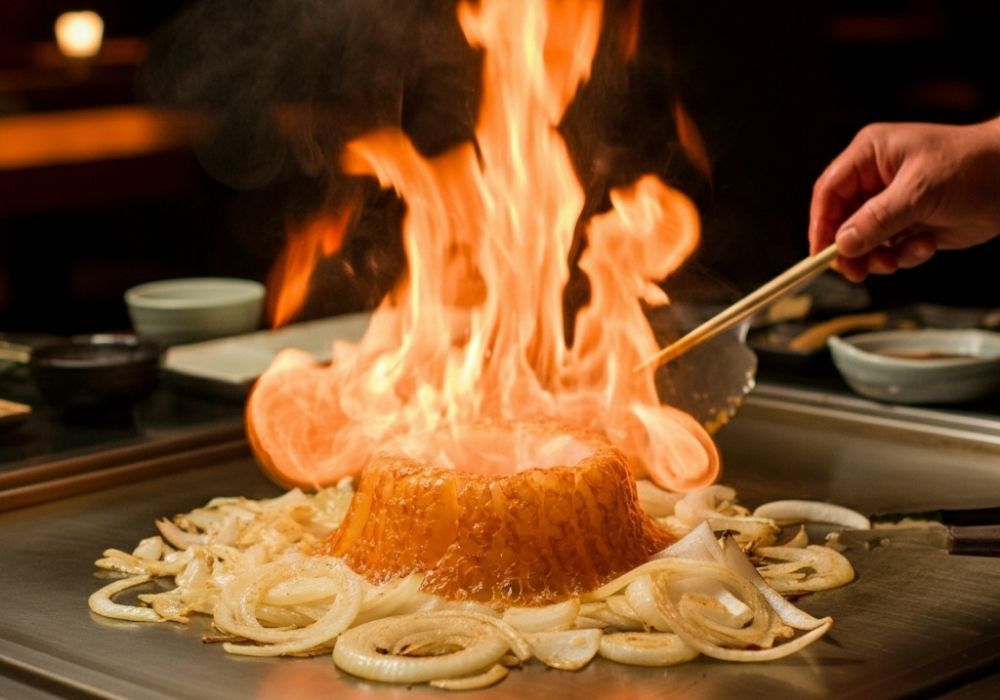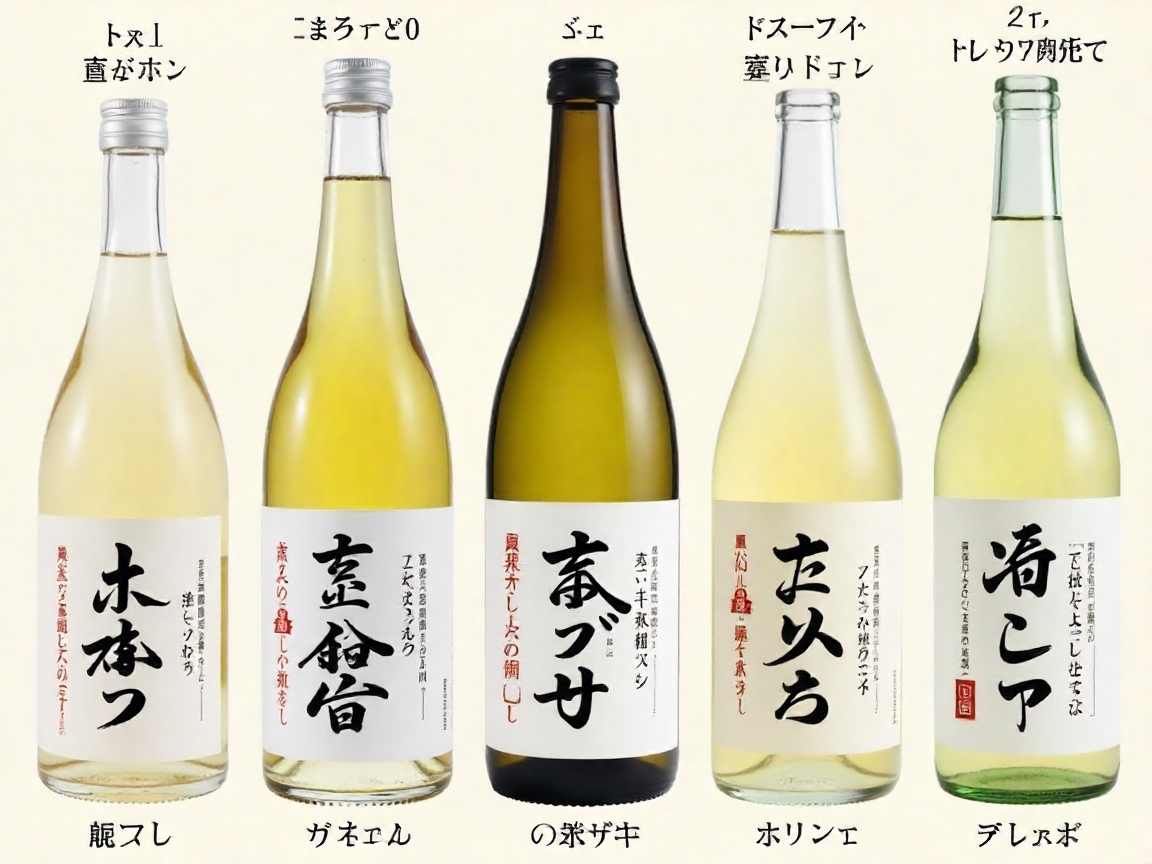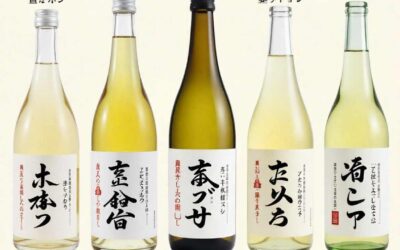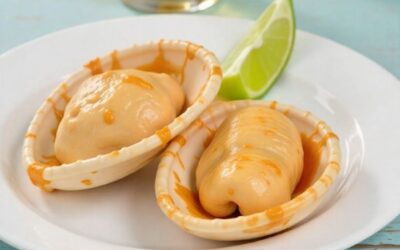Japanese cuisine is celebrated worldwide for its bold flavors, aesthetically pleasing presentation, and attention to detail. Hibachi food is a unique and interactive dining experience among its many offerings. But what exactly is hibachi food, and what makes it so unique? If you’ve heard the word “hibachi” and immediately thought of fiery onion volcanoes and a chef flipping shrimp into the air, you’re not alone!
This comprehensive guide will explain the essence of hibachi cuisine, its history, how it differs from similar styles, the dishes typically served, and how to enjoy it to the fullest. By the end, you’ll understand what hibachi food is and have a deeper appreciation for this vibrant cooking style.
What Is Hibachi Food?

Hibachi, translated as “fire bowl,” refers to a small, portable charcoal grill traditionally made from cast iron. Its history lies in Japan, where it was initially used for heating rather than cooking. Over time, hibachi evolved into a cooking method known for its high heat and ability to prepare simple yet flavorful dishes quickly.
Hibachi-style food typically involves cooking bite-sized ingredients over high heat on a flat, open grill surface. Meats, seafood, and vegetables are cooked precisely and often flavored with soy sauce, garlic, sesame oil, and other traditional seasonings. While hibachi cuisine is relatively straightforward, its simplicity lets natural flavors shine.
Hibachi vs. Teppanyaki: Are They the Same?

While hibachi is sometimes used interchangeably with “teppanyaki” in the U.S., the two refer to distinct cooking methods. Here’s the difference:
Hibachi: Traditional hibachi grills use charcoal heat and have an open-grate design. While less common in modern restaurants than teppanyaki, this style is still found in Japan and some select eateries.
Teppanyaki: Teppanyaki cooking happens on a flat iron griddle, which is more common in “hibachi” restaurants in the U.S. This cooking technique emphasizes showmanship, with chefs often performing tricks like knife juggling or creating flaming onion volcanoes. The style is designed for an entertaining dining experience and great food.
While teppanyaki is today’s dominant style in hibachi restaurants, the cooking inspiration originates from Japan’s humble hibachi grill.
The History of Hibachi Cuisine
Hibachi’s history dates back hundreds of years, initially emerging in Japan’s Heian Era. The first hibachis were designed for warming rooms rather than cooking food. Cast-iron or ceramic “fire bowls” held charcoal to radiate heat in homes.
It wasn’t until much later that hibachi grills were adapted for cooking, particularly by Japanese street vendors. Portable hibachi grills became a popular way to prepare grilled skewers and vegetables quickly and efficiently. This shift set the foundation for the cooking style we now associate with hibachi cuisine.
Hibachi’s more modern, restaurant-based form gained international popularity in the mid-20th century. When hibachi-style restaurants opened in the U.S., they introduced diners not only to exceptional flavors but also to a form of interactive entertainment.
What Makes Hibachi Food Special?
Hibachi food is more than just a cooking method. Here’s what makes it such a compelling experience for diners:
1. Flavor Simplicity with Depth
Rather than masking natural ingredients, hibachi cooking uses minimal yet flavorful seasonings, such as soy sauce, ginger, and sesame oil, to complement the food.
2. Freshness Is Key
Hibachi chefs use fresh, high-quality meat, fish, and vegetable cuts. Since the cooking happens right before you, you can see how these ingredients go from raw to a delicious masterpiece.
3. Interactive and Entertaining
The theatrical presentation of hibachi (or teppanyaki) chefs is part of the appeal. Watching a chef expertly toss shrimp or set the grill alight adds a layer of excitement to the dining experience.
4. Customization
From selecting your protein to controlling the spice level and flavor, hibachi dining allows for customization in ways many other cuisines don’t.
5. Healthy Yet Indulgent
With its focus on grilling and minimal use of oil, hibachi dishes often have a healthy edge. At the same time, the robust flavors and indulgent sauces strike the perfect balance.
What Dishes Are Common in Hibachi Restaurants?
Hibachi cooking places a significant emphasis on versatility. A classic hibachi meal often includes the following components:
Proteins
Chicken – Typically marinated in soy or teriyaki sauce.
Beef – High-quality cuts like sirloin or filet mignon are seared to perfection.
Seafood – Shrimp, scallops, or lobster tails are common, often lightly seasoned to retain natural sweetness.
Tofu – A great vegetarian option, cooked until crispy on the outside and soft inside.
Vegetables
A mix of zucchini, mushrooms, onions, and carrots is a staple in hibachi cooking. These are often grilled with sesame oil for added depth.
Rice and Noodles
Fried Rice: Hibachi fried rice, cooked directly on the grill, is a fan favorite with its savory garlic and egg flavor.
Noodles: Thick, chewy noodles coated in soy-based sauces often complete the meal.
Sauces
Flavorful sauces like yum-yum sauce (a creamy, tangy condiment), ginger dipping sauce, or teriyaki sauce are served on the side for added flavor.
Appetizers and Sides
Traditional sides may include miso soup, small salads with ginger dressing, or gyoza (Japanese dumplings).
How to Enjoy Hibachi Food to the Fullest
Hibachi food offers not just a meal but an experience. To make the most out of it:
Be Adventurous – Try proteins or combinations you might not order regularly, like scallops or tofu.
Engage with the Chef – Interacting with your chef makes the dining experience more personal and fun.
Pair With Drinks – Japanese sake or a crisp beer complements the smoky flavors of hibachi dishes beautifully.
Share the Experience – Hibachi dining is perfect for groups and celebrating occasions with family or friends.
Where to Find Authentic Hibachi Cuisine
If you want the traditional hibachi experience, look for restaurants with authentic Japanese offerings or specialties in charcoal grilling. Alternatively, U.S.-based “hibachi” restaurants tend toward teppanyaki, but they deliver delicious food and high-energy dining.
For a DIY flair, invest in a portable hibachi grill for backyard cookouts – it’s a surefire way to elevate your casual grilling game.
Wrapping It All Up
Hibachi food is a wonderful fusion of simplicity, tradition, and entertainment. Whether you’re savoring the smoky richness of grilled shrimp or marveling at a chef’s dazzling tricks, hibachi dining is an experience that blends exceptional food with memorable moments.
By understanding its origins and appreciating its culinary technique, you can enjoy hibachi cuisine on a deeper level—and maybe even try recreating your favorite dishes at home. Next time you’re craving a meal that’s equal parts delicious and theatrical, you’ll know exactly where to go.
Are you ready to experience or learn more about hibachi cuisine? Please share your favorite hibachi moment in the comments or connect with us to recommend your local spot!


















